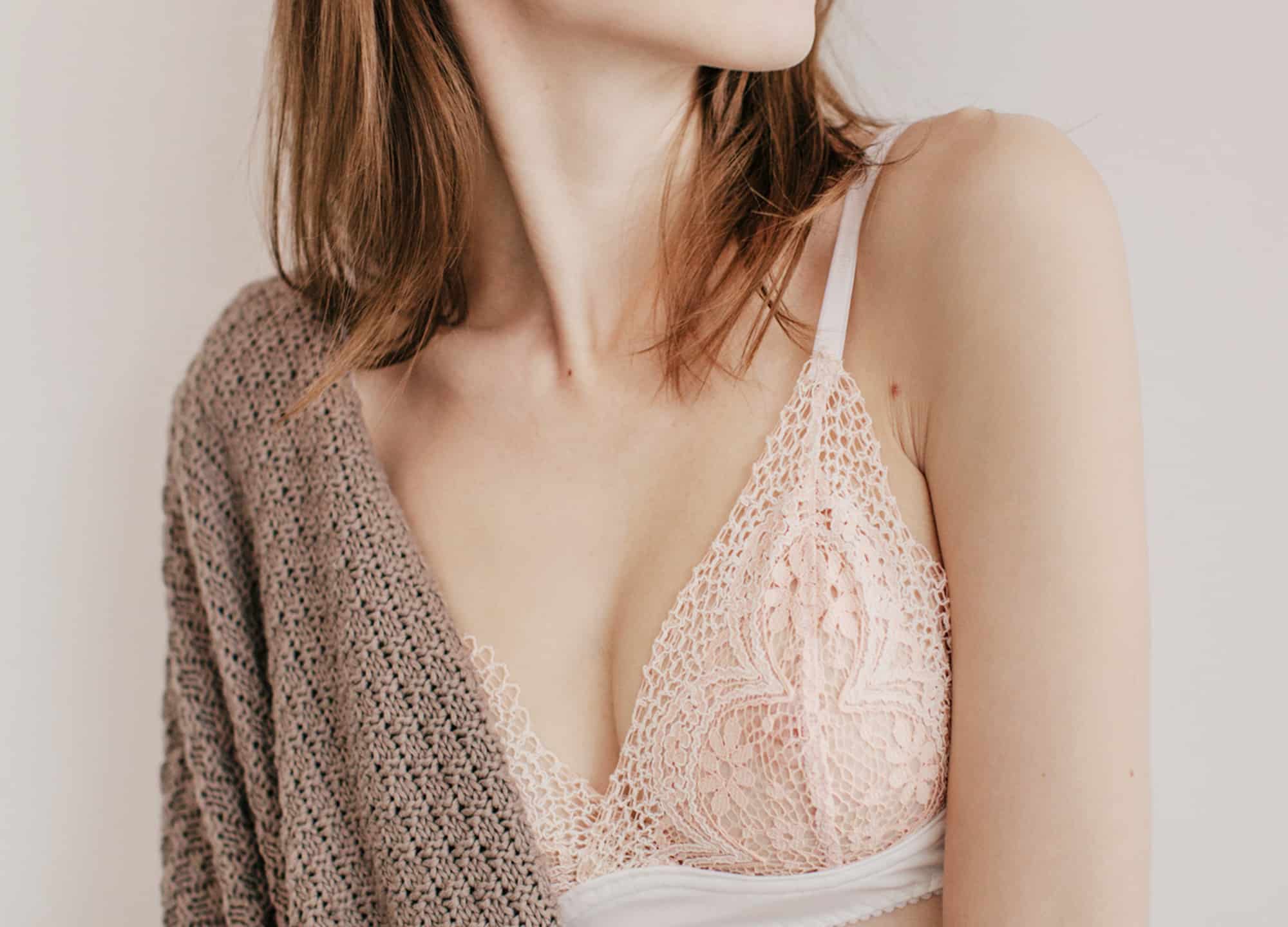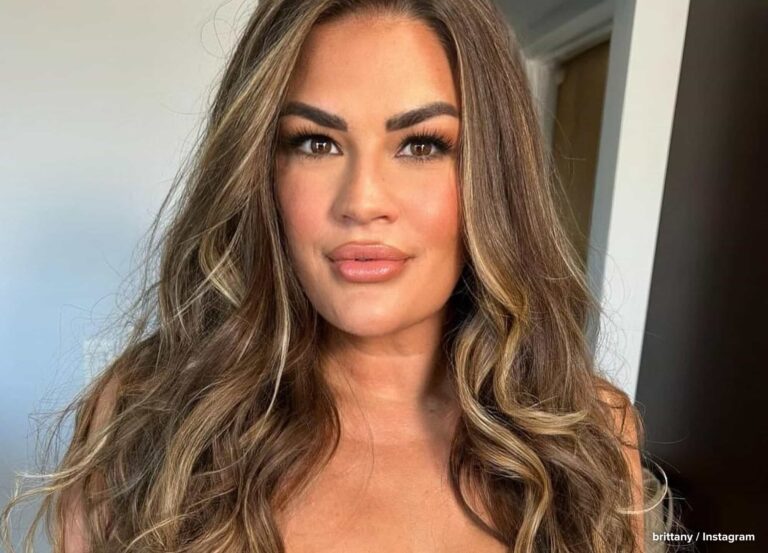Areolas are like fingerprints—no two are exactly alike. They come in all different colors and sizes, characteristics largely dictated by genetics. But if you’re wondering whether your areolas look normal or if there’s any way to alter their size (spoiler alert: there is, but it’s not easy), keep reading.
What exactly is the areola?
Let’s start with the basics. “The areola is the area of pigmented skin surrounding the nipple,” explains Dr. Vincent D. Lepore, a board-certified plastic surgeon in San Jose, California. To the point of pigment, areola colors vary greatly, ranging from almost identical to the rest of the skin to pink to purple-ish to a very dark brown. The area of skin is also textured rather than smooth. There are a small number of lactiferous ducts on the areola; these feel raised and firm, almost like pimples, says Dr. Lepore. There are also Montgomery glands—separate from mammary glands—which produce a lubricating substance to keep both the areola and the nipple soft and smooth for lactation, notes Dr. Alexis L. Parcells, a board-certified plastic surgeon in West Orange, New Jersey.
What does areola size mean?
In a word, nothing. “Areola size isn’t indicative of anything,” says Dr. Parcells. “It’s simply breast tissue.” Ultimately, genetics are the primary determining factor for how large your areolas are. And while sometimes areola size is directly correlated with breast size, that’s not a hard-and-fast rule. You can have very small breasts with large areolas or vice versa, says Dr. Lepore.
What does a normal areola look like?
“Normal” doesn’t really exist, because areolas really do come in all colors, sizes, and shapes (while they’re usually round, some can be oval or more elongated). “The average diameter is three to four centimeters, but I’ve seen some areolas larger than 12 centimeters,” notes Dr. Lepore. As mentioned, there’s no one normal color either. Case in point: “When we do areola tattooing as part of breast reconstruction surgery, there’s a palette of over 50 colors to choose from,” says Dr. Parcells. (More on tattooing in a minute.) Also worth noting: it’s totally normal if your two areolas aren’t identical. “Your breasts are sisters, not twins, and the same applies to your areolas,” she adds. The only things that are truly abnormal and potentially cause for concern are changes in texture such as an “orange peel” texture, lumps, ulcerations, and pain, notes Dr. Parcells. If you notice any of these, call your doctor, as you may need a biopsy. (However, in many cases, cysts are benign and caused by hormones, like estrogen, that rise and fall with each menstrual cycle.)
Related: 7 Unexpected Areas Where Filler Injections Can Have a Big Impact
Why does areola size change?
Areolas typically change along with the size of the breast, says Dr. Lepore. So if your breasts get bigger, the areolas likely will too. As the breast grows, the overlying skin stretches with it and the diameter of the areola increases. This occurs most often during pregnancy and breastfeeding. Not only do the breasts and areolas get bigger, but the areolas also darken due to hormonal changes, notes Dr. Parcells. Similarly, a significant amount of weight gain can lead to larger areolas. “Excess fat tends to distribute in the breasts, and as they stretch, so do the areolas,” she explains.
Whether your areolas go back to their pre-pregnancy size or shrink if you lose weight ultimately depends on the elasticity of your skin. If the skin is taut and elastic (typically more likely when you’re younger and have more collagen and elastin), then the areolas may get smaller, says Dr. Lepore. But if the skin was fairly loose to begin with, the areola may stay the same size even if the actual breast gets smaller. And as far as that pregnancy-induced darkening goes, it will lighten, though it may never go back to the exact same color as before baby.
How can you decrease a large areola?
First, a word of warning. “There’s no magical topical cream or at-home treatment that will change the size of your areolas, so steer clear of anything that promises to do so,” warns Dr. Lepore. If you want smaller areolas, surgery is your best bet. An areola reduction is most often done as part of a breast reduction or breast lift, though it can also be done on its own. During the surgical procedure, a donut-shaped ring is used to remove a circular piece of excess skin around the entire areola. “You can usually reduce the diameter by 25% to 50%, though the exact amount of reduction depends on the elasticity of the connective tissue,” explains Dr. Lepore.
There’s some information floating around out there about lasering the areola to eliminate color and make them appear smaller, but it’s not quite that simple. “You can’t simply zap the pigmented skin and turn it into normal skin,” says Dr. Lepore, who notes that it’s important to consider the textural differences between the areola and surrounding skin. Rather than using lasers to target pigment, they’re better used to help tighten the skin of the areola and subsequently make it appear a bit smaller, he adds. This is often done with CO2 lasers as well as ultrasound treatments, as part of male breast reductions, and could theoretically also work for women, according to Dr. Lepore.
How can you increase areola size?
Again, surgery is your best bet. A breast augmentation often will increase the size of the areola, again, simply because the overlying skin is being stretched out, explains Dr. Parcells. Another surgical option is to essentially do a reverse version of the donut-style reduction, in which you create a circular cut outside the existing areola, then stretch out the skin and suture it, to create a larger areola, says Dr. Lepore. Again, the end result is largely dependent on skin elasticity, and there’s only so far you can stretch the skin without running the risk of ending up with puckering, he adds. In other words, this can make your areolas slightly larger, but don’t expect a drastic change.
For those seeking a less invasive option for enlargement, there’s areola tattooing. Adding more pigment to extend the diameter of the areola makes it appear bigger, says Dr. Parcells. Just keep in mind that there’s going to be a textural difference between the naturally slightly bumpy areola and the smooth skin that’s been tattooed.
What is areola reconstruction?
Areola reconstruction is a surgical procedure that’s usually done following a mastectomy if the nipple-areola complex isn’t spared, typically for the purpose of either breast cancer treatment or FTM chest masculinization. (This is often the case with ductal carcinoma, a type of breast cancer that originates in the milk ducts, for example.) In an areola reconstructive surgery, a flap of excess skin, a tissue or skin graft, or even filler can be used to recreate the areolar structure, especially if you’re looking for the usual projection of a nipple. If not, a tattoo is the easiest non-surgical option to mimic the natural pigmentation of the areolae.











